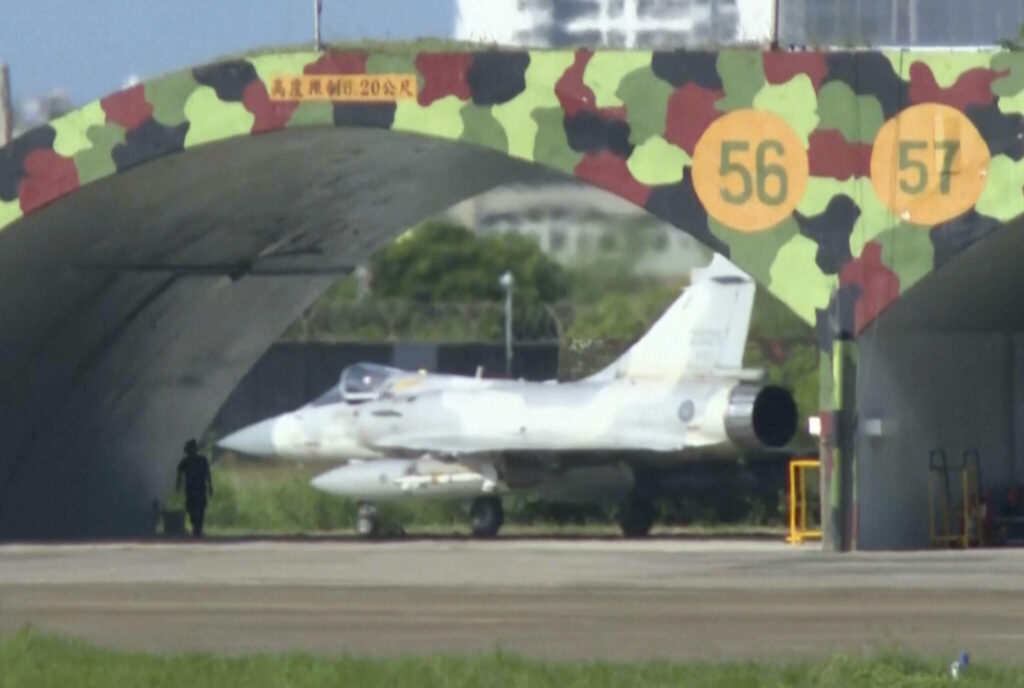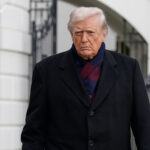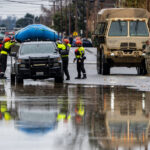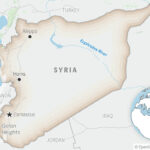China/ Taiwan/ military drill/ warplanes/ Liaoning carrier/ Taiwan Strait tension/ international response/ Taiwan Strait tensions/ China-Taiwan standoff/ Taiwan defense drills/ Newslooks/ TAIPEI/ Taiwan/ J. Mansour/ Morning Edition/ In a show of force, China deployed 125 warplanes and its Liaoning aircraft carrier in military exercises around Taiwan, simulating a blockade. The drills, seen as a warning after Taiwan’s National Day, underscore growing tensions over Taiwan’s sovereignty claims and China’s opposition.
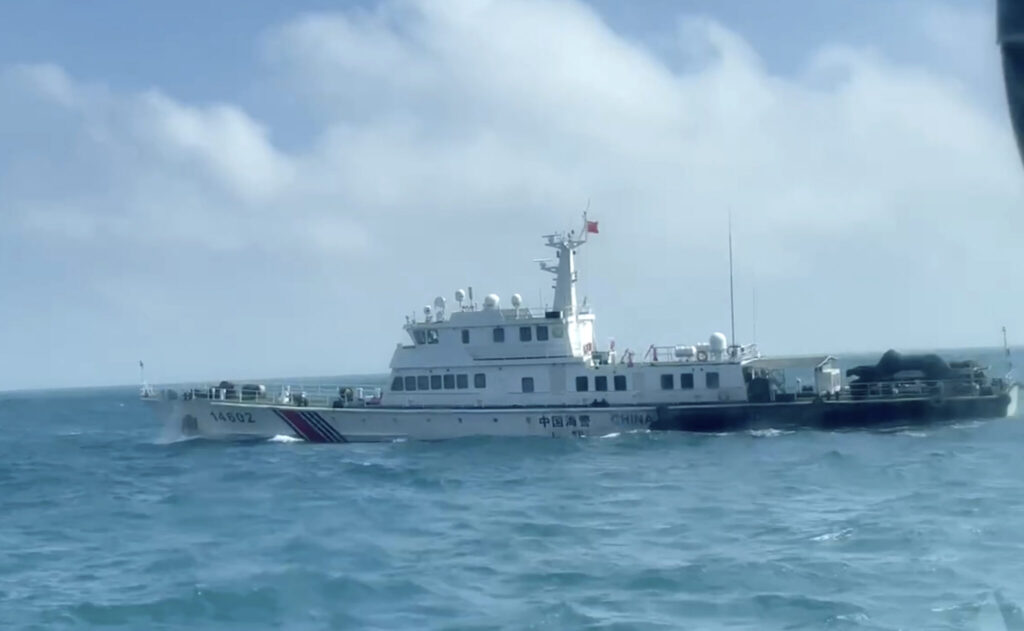
China’s Record Warplane Deployment Near Taiwan: Quick Looks
- Military Drill Scale: China deployed 125 warplanes and its Liaoning aircraft carrier.
- Blockade Simulation: Exercises simulated blocking key Taiwanese ports.
- China’s Motive: China criticized Taiwan’s leader’s independence stance.
- Taiwan’s Response: Taiwan maintains readiness, monitoring drills with its defense systems.
- US Position: The U.S. called for restraint, urging peace in the Taiwan Strait.
- Public Sentiment: Many Taiwanese remain calm, citing familiarity with China’s military tactics.
China Deploys Record 125 Warplanes Near Taiwan in Military Drill
Deep Look
In a significant escalation, China deployed a record 125 warplanes, along with naval forces including its Liaoning aircraft carrier, in extensive military drills around Taiwan. The exercises, which began early Monday, appeared designed to simulate a blockade around Taiwan’s main ports and intensify pressure on Taiwan following President Lai Ching-te’s National Day speech, where he rejected Beijing’s sovereignty claims over the island.
China’s Taiwan Affairs Office described the drills as a response to what it termed “Taiwan independence nonsense,” accusing Lai of stoking separatist sentiment. The exercises marked one of the most extensive displays of Chinese military power around Taiwan, showing Beijing’s increasing frustration with Taiwan’s assertions of self-governance and its growing alignment with Western allies.
Large-Scale Operations Surrounding Taiwan
According to Taiwan’s Ministry of National Defense, Chinese aircraft, including fighter jets, helicopters, and drones, encroached on Taiwan’s air defense identification zone (ADIZ) from early morning to late afternoon on Monday, marking the highest single-day incursion to date. Taiwan’s defense forces tracked and monitored these incursions, keeping naval vessels and mobile missile systems at the ready. Taiwan also dispatched warships to observe Chinese activity, underscoring its vigilance as tensions rise.
China’s state broadcaster, CCTV, aired visuals depicting six large areas encircling Taiwan where exercises were held, which appeared to be strategically placed around Taiwan’s most critical ports and trade routes. The map of the drill areas showed that Taiwan’s outlying islands were also included in the simulated blockade operations, emphasizing China’s intent to control or threaten Taiwan’s strategic points.
The drill utilized various divisions of China’s military, including the navy, air force, and missile units, in what China’s People’s Liberation Army (PLA) Eastern Theater Command described as an integrated maneuver. Senior Captain Li Xi, the Eastern Theater Command spokesperson, affirmed that the exercises were a “major warning” for Taiwan independence advocates and a testament to China’s readiness to defend its claim over Taiwan.
Taiwanese Leadership and Public Reaction
Amidst the display of Chinese military force, Taiwan’s Presidential Office reiterated its commitment to democracy and peace, calling on China to end provocative military maneuvers that risk regional stability. Joseph Wu, secretary-general of Taiwan’s security council, stressed that Taiwan’s military would “appropriately address any threats” and criticized China’s approach, which he said violates the UN Charter’s emphasis on peaceful conflict resolution.
In Taipei, Taiwan’s capital, public sentiment seemed undisturbed, with residents expressing resilience. Many noted that they have grown accustomed to China’s military actions near the island. “I don’t worry, I don’t panic either,” said Chang Chia-rui, a Taipei resident, while Jeff Huang, another resident, observed that China’s displays have been a part of life in Taiwan for decades.
U.S. Response and International Implications
The United States, Taiwan’s key unofficial ally, condemned China’s response to Lai’s independence stance as unwarranted, urging Beijing to avoid actions that could destabilize the region. State Department spokesperson Matthew Miller highlighted the importance of restraint, warning that escalations in the Taiwan Strait would have broader implications for regional peace.
China’s military activities around Taiwan are not new but have increased in frequency and intensity. Beijing conducted similar exercises in May, following Lai’s inauguration, and has held frequent joint drills involving aircraft and naval forces around Taiwan’s air and maritime borders. China also conducted extensive drills in August 2022, after then-U.S. House Speaker Nancy Pelosi visited Taiwan, reinforcing Beijing’s longstanding assertion that Taiwan’s push for independence is a “dead end.”
Chinese Sanctions and Growing Tensions
In a related move, China’s Taiwan Affairs Office announced sanctions on two Taiwanese individuals, Puma Shen and Robert Tsao, for supporting Taiwan’s independence efforts. Shen, co-founder of the Kuma Academy, an organization focused on civilian wartime readiness, and Tsao, a major donor to the academy, are now prohibited from traveling to China, including Hong Kong. China cited these measures as a deterrent against pro-independence advocacy, adding another dimension to its multifaceted pressure tactics.
As cross-strait tensions grow, Taiwan’s history remains a central theme. Taiwan, formerly a Japanese colony, was unified with China after World War II but split from the mainland in 1949 when Chiang Kai-shek’s Nationalist forces retreated to Taiwan as Mao Zedong’s Communists took power. Since then, Taiwan has developed into a democratically governed entity with distinct political and cultural identities, which continue to clash with Beijing’s “One China” policy that regards Taiwan as an inseparable part of Chinese territory.
The recent exercises reinforce China’s stance that any declaration of Taiwan independence would invite severe countermeasures. As China expands its military and economic power, Taiwan faces a complex reality, balancing its aspirations for sovereignty with the constraints imposed by Beijing’s opposition. The international community remains watchful, with each new maneuver around the Taiwan Strait intensifying the global focus on the fragile stability of this critical region.

